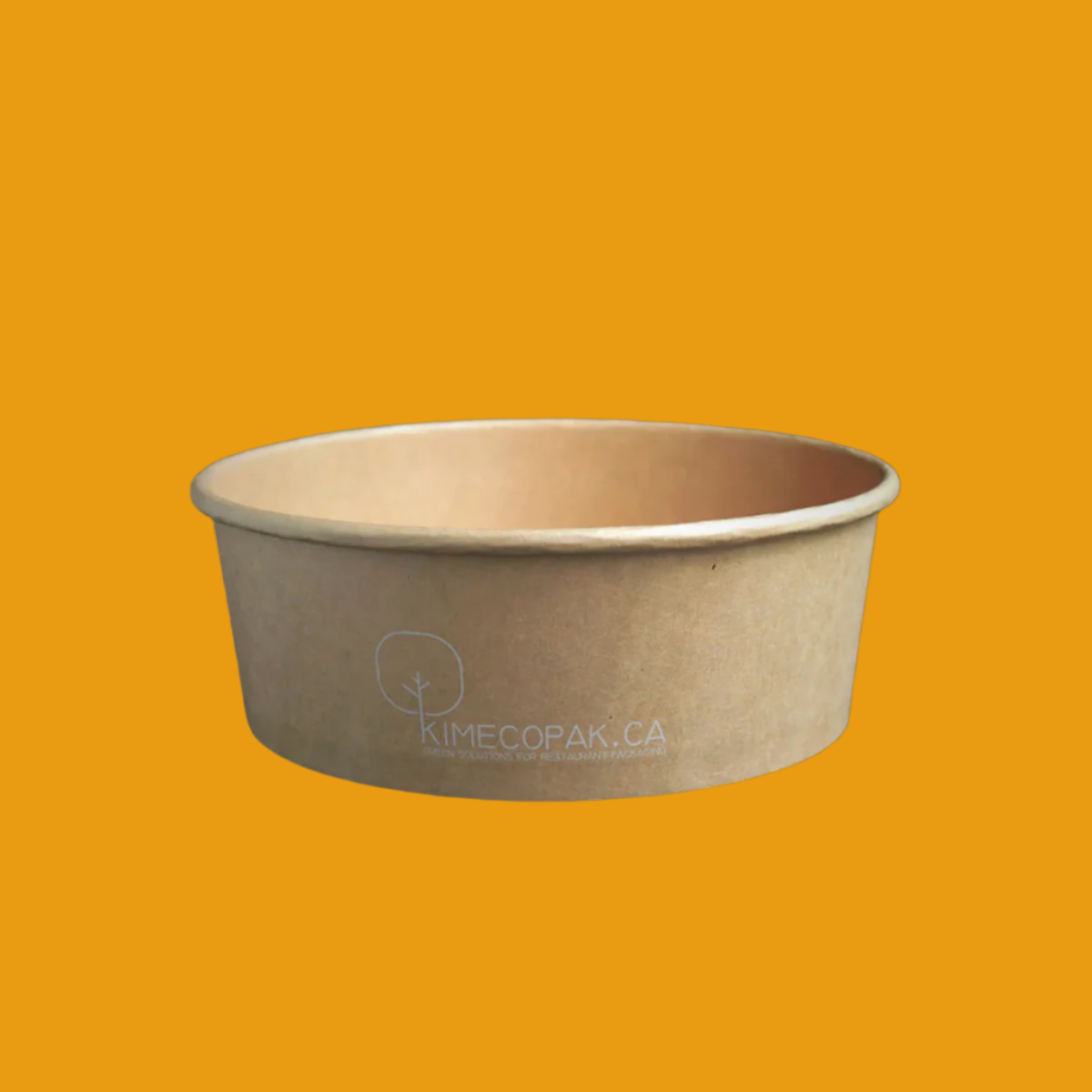Thinking of starting your own pizza shop? It’s more than just dough and toppings; it’s about dollars and strategy. The cost to open a pizza shop can range from $75,000 to over $500,000, depending on your business model, location, and ambition. This guide breaks down the numbers so you can slice through the guesswork and build with confidence.
- How to Start a Pizza Business: Step-by-Step Guide to Launching a Profitable Pizzeria
- How Much Does a Food Truck Cost? A Complete Guide for Entrepreneurs
The Importance of Financial Planning When Starting a Pizza Shop

Starting a pizza shop can be a thrilling venture, but it requires meticulous financial planning. Understanding the costs associated with opening a pizza shop is crucial for success and sustainability. From choosing the right location to selecting equipment, every decision impacts your financial health. This blog will provide detailed insights into all necessary costs to prepare future owners for the journey ahead.
Types of Pizza Shop Models

When considering opening a pizza shop, the business model significantly influences the startup costs. Here’s a breakdown based on different pizza shop sizes:
- Small Shop (Take-away/Delivery): The costs to open a small pizza shop typically range from $75,000 to $150,000. This model is more affordable and can often break even faster than larger establishments, particularly in urban areas where demand for takeout is high.
- Medium Shop (Limited Seating): If you plan to have a sit-down area, the costs generally range from $150,000 to $300,000. This size allows for a more diverse menu and customer experience, but requires a larger investment in both space and equipment.
- Large/Full-Service Restaurant: Opening a full-service pizza restaurant can exceed $500,000. This model offers an extensive dining experience, requiring more elaborate décor, comprehensive kitchen equipment, and possibly higher staffing costs.
Major Startup Costs

Understanding the major startup costs can help manage your budget effectively. Here is a detailed breakdown of potential expenses involved in launching a pizza shop:
- Rent: Monthly rent can vary widely based on location, typically ranging from $1,000 to $10,000 per month. Urban locations in high-traffic areas will generally cost more, but they can also attract more customers.
- Equipment: Expect to invest between $20,000 to $100,000 in essential kitchen equipment. This includes ovens, refrigerators, prep tables, and other tools necessary to produce quality pizza efficiently. Buying used equipment can help reduce costs significantly.
- Renovation & Interior Design: Creating an appealing atmosphere is key to attracting customers. Renovation costs can range from $30,000 to $60,000 to transform the space into a welcoming environment. This includes seating arrangements, décor, and even a customer-friendly layout.
- Initial Inventory: Stocking quality ingredients is vital for any pizza business. Initial inventory may cost between $10,000 to $20,000 depending on menu complexity and expected demand.
- Licensing & Permits: Securing the necessary licenses and permits is usually critical, with an associated cost ranging from $1,000 to $3,000. This may vary based on local regulations, so it’s crucial to research your area’s requirements.
- Insurance: Ensuring your business is protected can cost between $500 to $1,200 per year. This investment is essential to safeguard against potential liabilities and disasters.
- Marketing Costs: Allocating funds for marketing is equally important, typically around 3%–8% of projected revenue. This can include social media advertising, local promotions, and print materials to attract new customers.
Ongoing Monthly Expenses

Opening a pizza shop can be a dream venture for many entrepreneurs, but running it profitably requires a solid understanding of ongoing monthly expenses. These expenses not only affect your cash flow but also determine the overall sustainability of your business. Let’s break down the key recurring costs that you will encounter when operating a pizza shop.
Recurring Costs of Running a Pizza Shop
Rent & Utilities: 12%–20% of Monthly Revenue
One of the largest fixed expenses you will encounter is rent, which varies significantly based on location, size, and whether you choose a prime spot with higher foot traffic. Utilities, which include electricity, gas, and water, add to this cost. Budgeting for rent and utilities as 12% to 20% of your expected monthly revenue can help you maintain a healthy balance between income and expenses. In bustling urban centers, this percentage may skew higher, while smaller towns might allow for reduced rent.
Ingredients/Supplies: Around 20% of Revenue
The quality and type of ingredients you choose will directly influence this cost. For a pizza shop, commonly sourced ingredients such as flour, cheese, and toppings generally comprise about 20% of your monthly revenue. If you decide to offer gourmet pizzas with organic or imported ingredients, this percentage can rise significantly. It’s vital to establish relationships with suppliers to ensure you get the best quality at competitive prices.
Labor Costs: Ranges from 20% to 40% of Revenue
Labor is another critical expense and can vary widely based on staffing levels and local wage laws. Generally, labor costs will take up about 20% to 40% of your revenue. This includes salaries for chefs, line cooks, waitstaff, and cleaning staff. Hiring skilled workers can result in higher wages, but also better quality food and service, which can increase customer satisfaction and sales.
Marketing/Advertising: 3%–8% of Revenue
To bring in customers, effective marketing and advertising are essential. Allocating about 3% to 8% of your revenue for these activities will help cover the costs associated with promotions, social media advertising, and traditional marketing trends. Developing a strong brand presence in your community will boost sales and establish customer loyalty.
Factors Influencing Total Costs

Many factors can affect the cost of opening and operating a pizza business, each of which is unique to your individual circumstances.
What Affects the Cost to Open and Operate a Pizza Business?
Location: Big Cities Usually Involve Higher Costs
The location of your pizza shop plays a crucial role in the costs associated with starting and running your business. Rent is typically higher in urban areas, and the cost of labor and supplies can also vary widely. While a big city location can facilitate higher customer volume, it also necessitates larger initial investments.
Shop Size: Larger Shops Require More Investment
The size of your shop directly impacts both your startup costs and monthly expenses. A larger space may enhance your ability to serve more customers at once, which can lead to increased sales, but it also requires more substantial investments in rent, utilities, and equipment.
Ingredient Quality: Organic or Imported Ingredients Increase Expenses
Choosing to use high-quality or specialty ingredients often results in higher costs. While this can appeal to a niche market and potentially enhance the overall dining experience, it's crucial to weigh these costs against your target pricing strategies.
Business Model: Franchises May Involve High Franchise Fees
If you're considering joining a franchise, be prepared for potential franchise fees and ongoing royalty payments. While a franchise can offer established branding and support, it often comes at a higher financial cost compared to opening an independent pizza shop.
Tips to Optimize Costs

To ensure the profitability of your pizza shop, consider implementing some of these cost-saving strategies when establishing your restaurant.
Cost-Saving Strategies When Opening a Pizza Restaurant
Start Small: Minimize Initial Financial Risks
Opening on a smaller scale allows for lower upfront costs and less financial risk. Consider a food truck or a small retail space that can deliver high-quality pizza without the hefty expenses associated with large facilities.
Buy Used Equipment: Save on Initial Capital Expenditure
Purchasing used kitchen equipment can significantly reduce your initial capital outlay. Look for reliable used ovens, refrigeration units, and prep tables that still have plenty of life left in them.
Leverage Digital Marketing: Use Social Media for Low-Cost Promotions
Utilize social media platforms to engage with local customers at a low cost. Create accounts on Instagram, Facebook, and Twitter to showcase your pizzas, promote special deals, and share customer testimonials, which will attract more foot traffic without breaking the bank.
Partner with Local Suppliers: Lower Logistics Costs and Support the Local Economy
Forming partnerships with local suppliers can help you lower transportation costs while supporting your local economy. Fresh and locally sourced ingredients may also enhance the quality and appeal of your menu items.
Conclusion
The cost to open a pizza shop isn’t one-size-fits-all but with smart planning, it’s an investment that can rise like fresh dough. Whether you go small and scrappy or big and bold, knowing your numbers is your first recipe for success.
Related:









